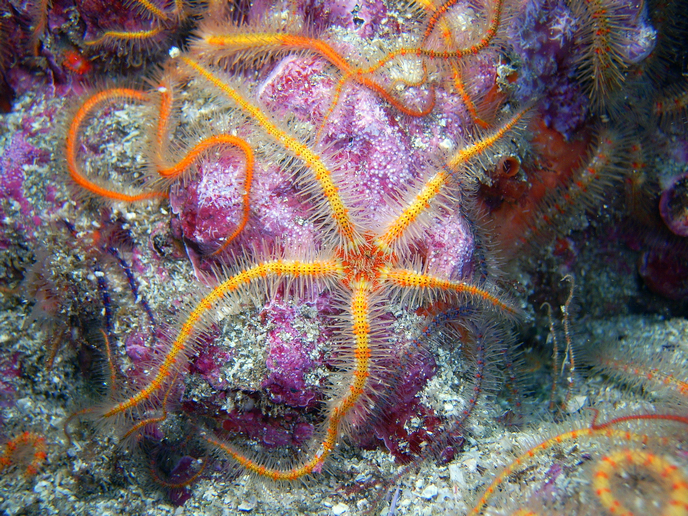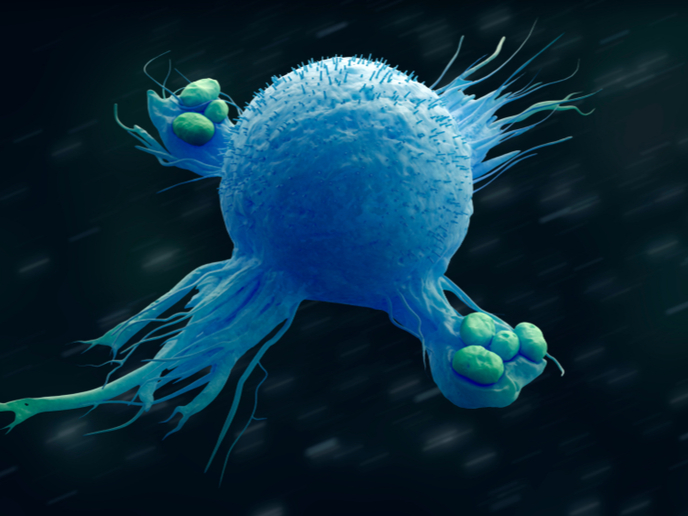Genome study on small fishes reveals the underlying forces that drive repeated evolution
How predictable is evolution? If we could rewind the tape of life with the same environmental constraints at work, would evolution result in the same outcome? These questions have long fascinated evolutionary biologists who strive to delineate the role of random events versus deterministic processes in the evolutionary history of organisms. “Peering into how organisms evolved over time and adapted in response to similar environmental changes could help researchers predict how bacteria or viruses might adapt to drug therapies. Evolutionary approaches could therefore be useful for improving antibiotic therapies,” explains Catherine Peichel, coordinator of PLEVOCON, a Marie Skłodowska-Curie project.
A testbed for natural evolutionary experiments
The three-spined stickleback, a finger-sized fish distributed across the northern hemisphere, is a textbook model species in evolutionary biology. With the melt of Greenland’s ice sheets at the end of the Last Glacial Maximum, sticklebacks evolved from living in seawater to freshwater in just 15 000 years. Upon colonising in new freshwater environments across different regions, they exhibited similarities in their phenotype, a phenomenon known as parallel evolution. Three-spined stickleback populations found in large lakes tend to have short and slender bodies, large eyes, and adjusted structures for feeding in surface waters on zooplankton. Unlike their limnetic (lake-living) counterparts, benthic populations that reside in streams often have longer and deeper bodies and smaller eyes. “These divergent patterns of lake and stream sticklebacks keep repeating themselves in geographically isolated populations,” notes Peichel. If these repeating phenotypic traits emerged in several evolutionary lines independently of each other, this denotes that evolution responded to similar environmental conditions using the same mechanisms. “Evolution is not always the product of random processes. It also follows deterministic processes, arriving at the same solution over and over again,” adds Peichel.
Revealing the underlying genetic basis for repeated evolution
PLEVOCON did not just rely on the surface, identifying repeating patterns of parallel evolution in the fishes’ genome, but rather sought to investigate what drives these repetitions. Are the same genes (or loci) and genetic mechanisms triggered each time to produce the divergent patterns we see in organisms that look similar? Researchers conducted a whole genome sequencing study of 16 stream-lake stickleback pairs living in the freshwaters of Vancouver Island, Canada, and found that about 30 % of highly differentiated genomic regions evolved in parallel. Comparative studies showed the mutation and recombination rates between parallel and non-parallel sliding windows did not differ significantly. But what they did find was that parallel genomic regions contained a larger number of pleiotropic genes – genes contributing to multiple phenotypic traits. The team used two different methods for investigating the relationship between pleiotropy and parallel evolution. First, they scoured large genetic databases for quantitative trait loci – specific regions in the genome where genes interact to form complex phenotypic traits – and found that parallel windows hosted a larger number of such regions. Second, they used RNA sequencing data derived from previous studies on sticklebacks to scan for gene co-expression patterns. Results showed parallel windows acted as a hotspot for highly correlated genes, which serve as a proxy for pleiotropy. “Our findings run counter to predictions holding that non-pleiotropic genes are freer to evolve in parallel. Genes with very high levels of pleiotropy could indeed delay adaptation, but genes with limited pleiotropy tend to favour adaptation,” concludes Peichel.
Keywords
PLEVOCON, pleiotropy, genome, three-spined stickleback, parallel evolution, phenotypic trait, quantitative trait loci, gene co-expression







